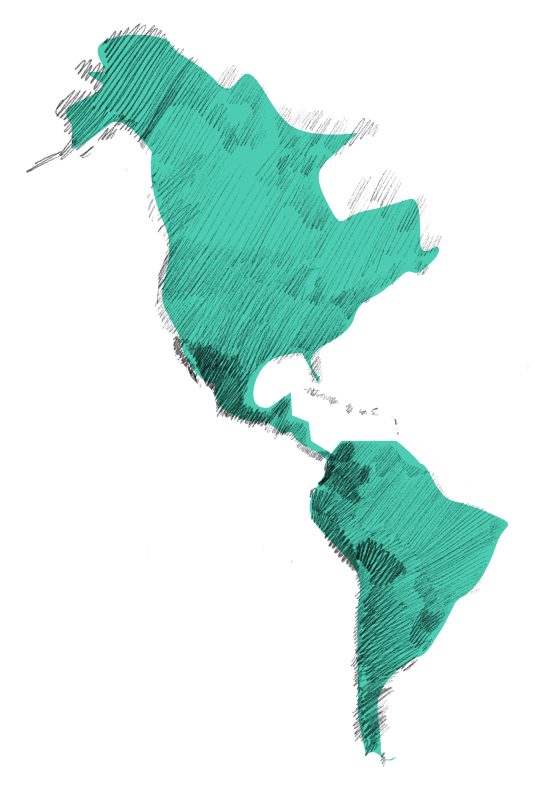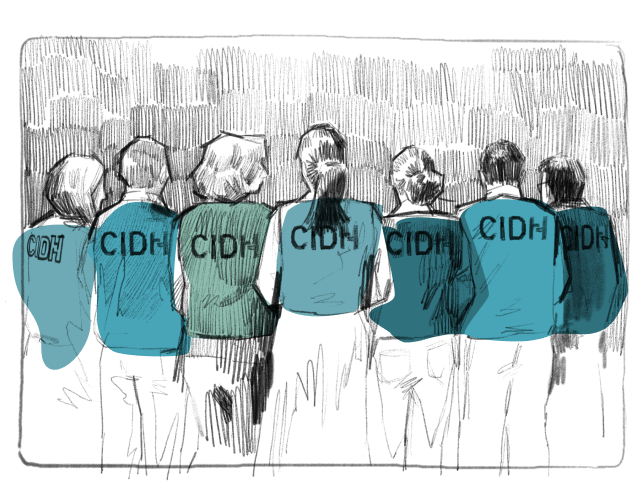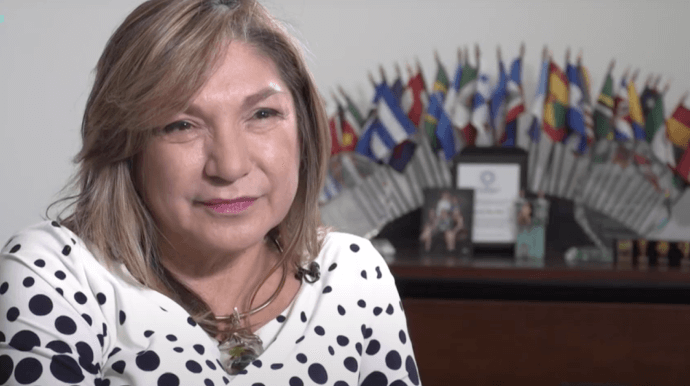The OAS General Assembly usually adopts a resolution on the “Promotion and Protection of Human Rights” every year. Repeatedly for several years now, this resolution includes a chapter on “gender parity, geographic balance and balanced representation of legal systems in the IACHR and the I/A Court.” An analysis of the various resolutions also shows the evolution of the importance of these criteria for the OAS:
- Resolution on “Promotion and Protection of Human Rights,” point XIX: “Gender Parity and Balanced Geographic and Legal Representation in the Inter-American Commission on Human Rights and the Inter-American Court of Human Rights” (AG/CG/doc.2/24 add. 1 AG09132) - adopted by the OAS General Assembly in 2024.
- Resolution on “Promotion and Protection of Human Rights,” point XX: “Gender parity and geographical representativeness and of the different legal systems, in the Inter-American Commission on Human Rights and the Inter-American Court of Human Right” (AG/doc.5807/23 corr. 1) - adopted by the OAS General Assembly in 2023.
- Resolution on “Promotion and Protection of Human Rights,” point XXVI: “Gender parity and geographical representation and representation of the different legal systems in the Inter-American Commission on Human Rights and the Inter-American Court of Human Rights” (AG/CG/doc.10/22) - adopted by the OAS General Assembly in 2022.
- Resolution on “Promotion and Protection of Human Rights”, point II: “Gender Parity in the Composition of the Inter-American Court of Human Rights” (AG/RES. 2961 (L-O/20)) - adopted by the OAS General Assembly in 2020.
- Resolution on “Promotion and Protection of Human Rights,” point XIII: “Gender-balanced and geographically representative integration of the Inter-American Commission on Human Rights and the Inter-American Court of Human Rights” (AG/RES. 2941 (XLIX-O/19)) - adopted by the OAS General Assembly in 2019.
- Resolution on “Promotion and Protection of Human Rights,” point XVIII: “Gender-balanced and geographically representative integration of the Inter-American Commission on Human Rights and the Inter-American Court of Human Rights” (AG/RES. 2928 (XLVIII-O/18)) - adopted by the OAS General Assembly in 2018.
- Resolution on “Promotion and Protection of Human Rights,” point XV: “Gender-balanced and geographically representative integration of the Inter-American Commission on Human Rights and the Inter-American Court of Human Rights” (AG/RES. 2908 (XLVII-O/17)) - adopted by the OAS General Assembly in 2017.
- Resolution on “Promotion and Protection of Human Rights,” point XIV: “Gender-balanced and geographically representative integration and of the different legal systems, of the Inter-American Commission on Human Rights and the Inter-American Court of Human Rights” (AG/RES. 2887 (XLVI-O/16)) - adopted by the OAS General Assembly in 2016.










